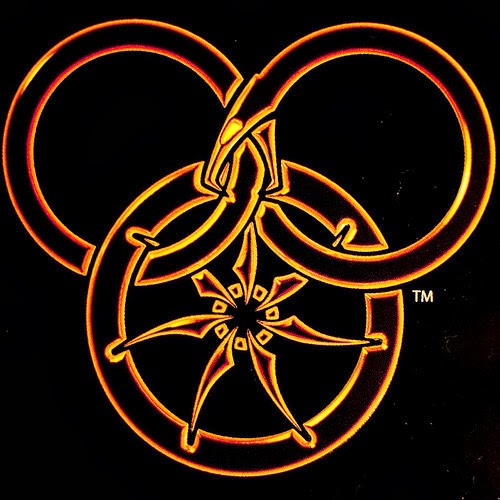[Lifesaving] Recurring SERC themes
Today I want to talk about
something that I’ve been thinking about a fair bit recently. It’s something that I started to notice
a couple of years ago on an occasional basis, but last year and this year I’ve
really started to notice it more and more frequently. The issue is recurring
themes within lifesaving SERCs.
In the last two seasons I have
really started to notice how closely some of the SERCs that I experience
resemble those that I saw in my first few years as a competitor. I’m not
talking about exact copies of SERCs, but of the themes and stories around which
they are built.
This obviously helps me in my
role as a team captain. If I have been through something in a competition
several years ago, then I have a better idea of how to deal with it (thanks to
debriefing post competitions) than captains who have never seen such an
incident before. Perhaps the time when I notice it the most is during the
pre-SERC briefing. On several occasions my team has read the brief and looked
at the map, and I’ve been able to predict some of what will be in the incident,
and partially know how the incident might play out and how I might deal with
it.
Some examples are in order I think.
- Championships 2012 vs Loughborough 2007 (wet SERC) - Both involved a life raft in the middle of the pool with no access to the sides, casualties in the water, and immediate entry into the pool. I was still a team member for the Loughborough version, but when I saw the brief for Champs last year I immediately said "there'll be a life-raft in the pool". Not that it helped; we still didn't do that well!
- London 2012 vs Birmingham 2008 (dry SERC) - The dry SERC at Birmingham comp 200? featured the fewest casualties I've ever seen: one. That was it. It was supposed to be a hiking trip, and you came across a seriously injured cyclist. Captaining that one was interesting, and the lessons I learnt from it stuck with me. So much so that the dry at the 2012 London comp was familiar in some ways. Not many casualties (three this time), out on a hiking trip, miles from help, no phone reception. In this case my familiarity helped us to win the incident (mostly thanks to our phone call).
- London 2012 vs Loughborough 2009 (wet SERC) - Again, Loughborough comp 200?'s wet SERC was one that I really learnt from. It featured a split landing area, and I made the mistake of staying at one end when it was more convenient to land the casualties at the other end. The recent London comp again featured a split landing area, and when I looked at the brief I thought that I'd end up down the far end. In the event I got caught at the entrance, although in hindsight I should have got in the water and moved the focus of the incident.
- Bristol 2013 vs Warwick 2008(?) and Champs 2009 (dry SERC) - all of these SERCs were set at building site accidents, and all featured a variety of equipment and cabling all over the place, and potentially acting as hazards to unwary rescuers.
- Car crash SERCs - there have been too many examples of this to count them!
It’s not perfect of course.
Predicting what might be there and coming up with a plan is all well and good,
but the reality of the situation often gets in the way. Nor am I decrying a
lack of imagination amongst SERC setters. Often these themes re-occur because
they are excellent ways of testing a range of lifesaving skills, and are
suitable generic that they can have a variety of casualties added to them
without seeming out of place. I merely consider it interesting that SERC
setters who in many cases never experienced the ‘original’ version that I came
across, have independently come up with similar ideas. I also wonder whether
the fact that I have captained for so long has contributed to my noticing these
recurring SERCs. It is, after all, much harder to notice the overall picture of
what’s going on when you’re a team member and focused on a single casualty.
These ‘recurring themes’ that I
have spoken about still form a minority of the SERCs that competitors experience,
and the imagination shown by SERC setters still manages to surprise me after so
many years. Long may this continue.





Comments
Post a Comment